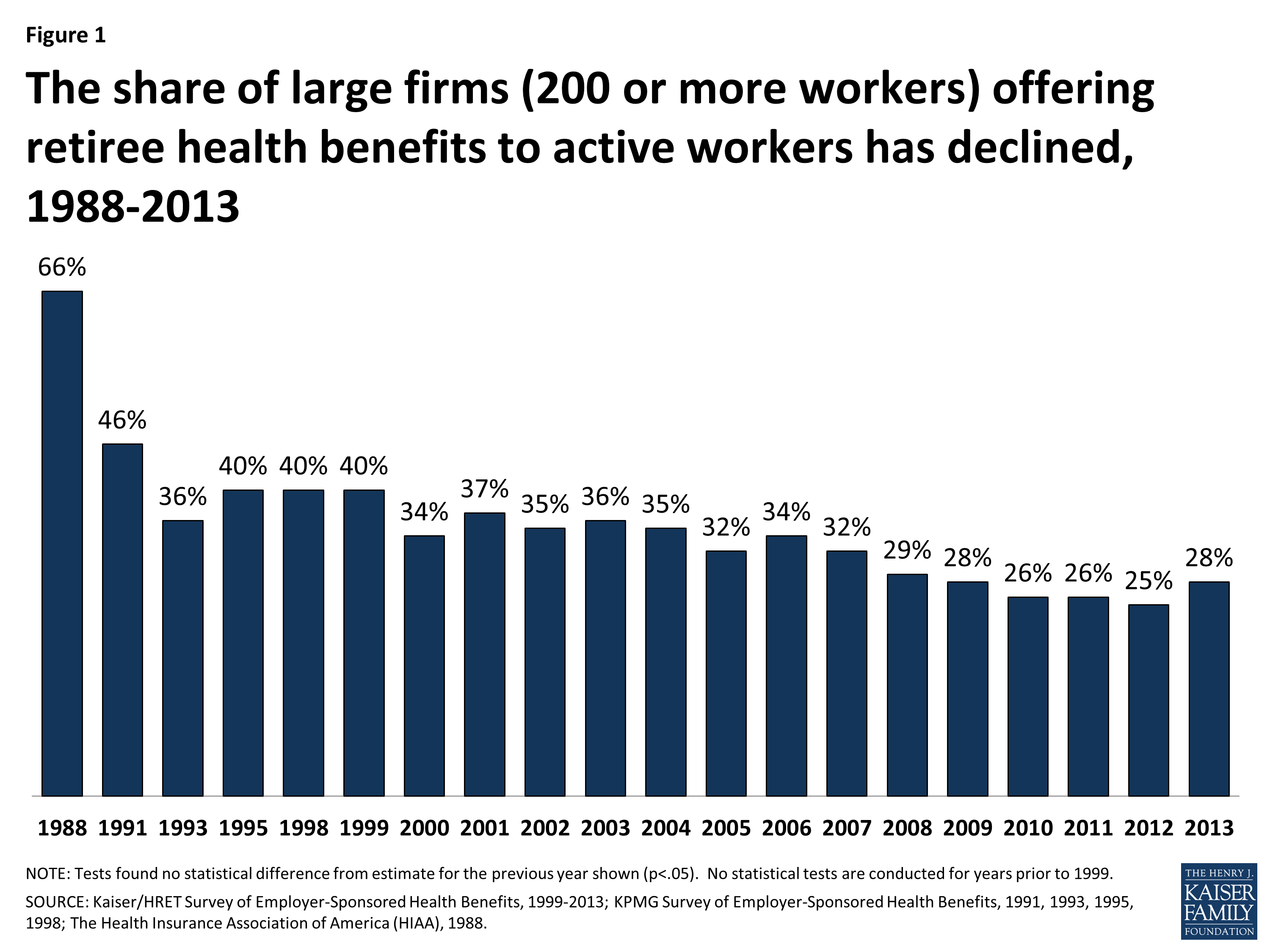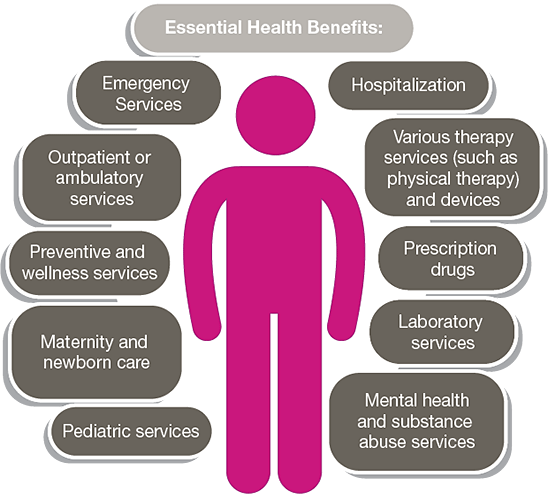Indicators on Medicare Advantage Agent You Should Know
Indicators on Medicare Advantage Agent You Should Know
Blog Article
All About Medicare Advantage Agent
Table of ContentsMedicare Advantage Agent Can Be Fun For Everyone9 Simple Techniques For Medicare Advantage AgentThe Facts About Medicare Advantage Agent Revealed

complies with from confusing the reasonably young age account of the uninsured with the far better health, usually, of more youthful persons. This obscures the web link between wellness condition and wellness insurance policy. For those without accessibility to work environment wellness insurance coverage, inadequate wellness is a prospective barrier to buying nongroup coverage due to the fact that such coverage may be highly valued, exclude pre-existing problems, or be merely not available. The number of without insurance Americans is not especially large and has not transformed recently. Seven out of 10 respondents in a nationally depictive study thought that fewer Americans lacked health insurance policy than actually do(Fronstin, 1998). Roughly fifty percent(47 percent )thought that the number of people without wellness insurance coverage lowered or remained consistent over the last half of the last decade(Blendon et al., 1999). This decrease of almost 2 million in the number of people 'without insurance policy (a decrease
of around 4 percent)is definitely a favorable change. With a softer economy in 2000 the most recent reported gains in insurance protection may not proceed(Fronstin, 2001 ). The decrease in the number of uninsured will not continue if the economic climate stays slow-moving and healthcare prices remain to outpace inflation. This is due to the fact that the data were gathered for a period of solid economic performance. Of the approximated 42 million individuals that were without insurance, just about regarding 420,000(concerning 1 percent)were under 65 years old, the age at which most Americans end up being qualified for Medicare; 32 million were grownups in between ages 18 and 65, about 19 percent of all grownups in this age team; and 10 million were youngsters under 18 years old, concerning 13.9 percent of all children (Mills, 2000). These estimates of the variety of individuals without insurance are created from the yearly March Supplement to the Existing Populace Survey (CPS), carried out by the Census Bureau. Unless otherwise noted, nationwide estimates of people without health and wellness insurance and proportions of the population with different kinds of protection are based on the CPS, one of the most extensively made use of resource of price quotes of insurance coverage and uninsurance rates. These studies and the price quotes they yield are described briefly in Table B. 1 in Appendix B - Medicare Advantage Agent. These studies vary in size and tasting techniques, the concerns that are asked regarding insurance policy
The Definitive Guide for Medicare Advantage Agent
coverage, and the moment duration over which insurance policy coverage or uninsurance is determined(Lewis et al., 1998, Fronstin, 2000a ). Still, the CPS is especially helpful because it creates yearly estimates relatively quickly, reporting the previous year's insurance policy coverage approximates each September, and because it is the basis for a constant collection of estimates for greater than twenty years, enabling evaluation of trends in insurance coverage over time.

The Facts About Medicare Advantage Agent Revealed
The partnership between health insurance coverage and accessibility to care is well established, as recorded later on in this phase. The connection in between health and wellness insurance coverage and wellness outcomes is neither straight nor simple, a substantial medical and health solutions research literature anchor web links health insurance policy protection
to improved access accessibility care, better far better, and improved enhanced and population health wellness. The second record, on individual health outcomes for without insurance grownups, is represented by the inner circle of the figure, while the third record, on family wellness, incorporates the subjects of the second record however emphasizes a various unit of evaluation, specifically, the family.
It focuses specifically on those without any health and wellness insurance policy for any kind of length of time. The issues dealt with by the underinsured are in some respects similar to those faced by the uninsured, although they are normally much less extreme. Uninsurance and underinsurance, nonetheless, involve clearly various policy problems, and the techniques for addressing them may vary. Throughout this study and the five reports to follow, the main focus is on individuals without medical insurance and hence no aid in paying for health and wellness care beyond what is readily available via charity and safeguard institutions. Medical insurance is an effective factor affecting invoice of treatment since both patients and doctors react to the out-of-pocket price of solutions. Medical insurance, nonetheless, is neither necessary neither sufficient to access to medical solutions. The independent and direct effect of health
insurance coverage on access to health health and wellness is well established. Others will certainly obtain the health and wellness care they require also without health and wellness insurance, by paying for it out of pocket or seeking it from companies that provide treatment free or at highly subsidized prices. For still others, medical insurance alone does not ensure invoice of care due to various other nonfinancial obstacles, such as a lack of healthcare companies in their neighborhood, limited accessibility to transportation, illiteracy, or etymological and cultural differences. Formal study Find Out More concerning uninsured populaces in the USA dates to the late 1920s and early 1930s when the Committee on the Price of Medical Care generated a series of reports regarding funding physician workplace visits and hospitalizations. This concern became salient as the varieties of medically indigent climbed up during the Great Clinical depression. Empirical researches regularly sustain the web link in between accessibility to care and improved wellness outcomes(Bindman et al., 1995; Starfield, 1995 ). Having a normal resource of care can be thought about a forecaster of access, instead than a direct action of it, when health results are themselves utilized as accessibility indicators. This expansion of the concept of gain access to measurement was made by the IOM Committee on Keeping An Eye On Access to Personal Healthcare Solutions(Millman, 1993, p. Whether parents are guaranteed shows up to impact whether their children receive care in addition to just how much careeven if the youngsters themselves have protection(Hanson, 1998). The health and wellness of moms and dads can impact their ability to care for their children and the level of family stress. Stressing over their kids's access to care is itself a source of tension for parents. Three chapters adhere to in this report. Chapter 2 provides a review of exactly how employment-based medical insurance, public programs and private insurance plan operate and communicate to provide considerable but incomplete insurance coverage of the U.S. population. This consists of an evaluation of historic patterns and public laws affecting both public and private insurance coverage, a conversation of the interactions amongst the different kinds of insurance policy, and an exam of why people relocate from one program to another or wind up
Report this page